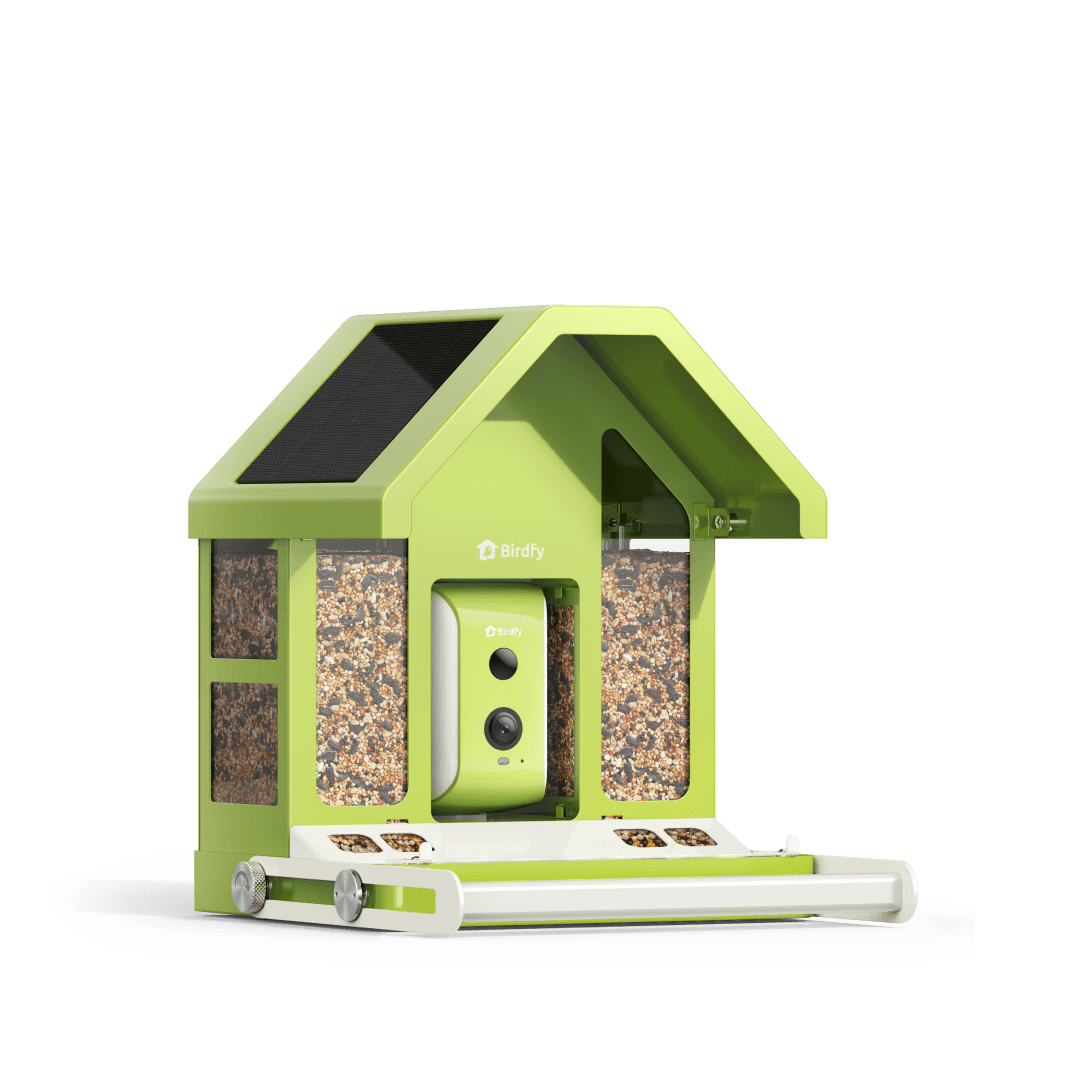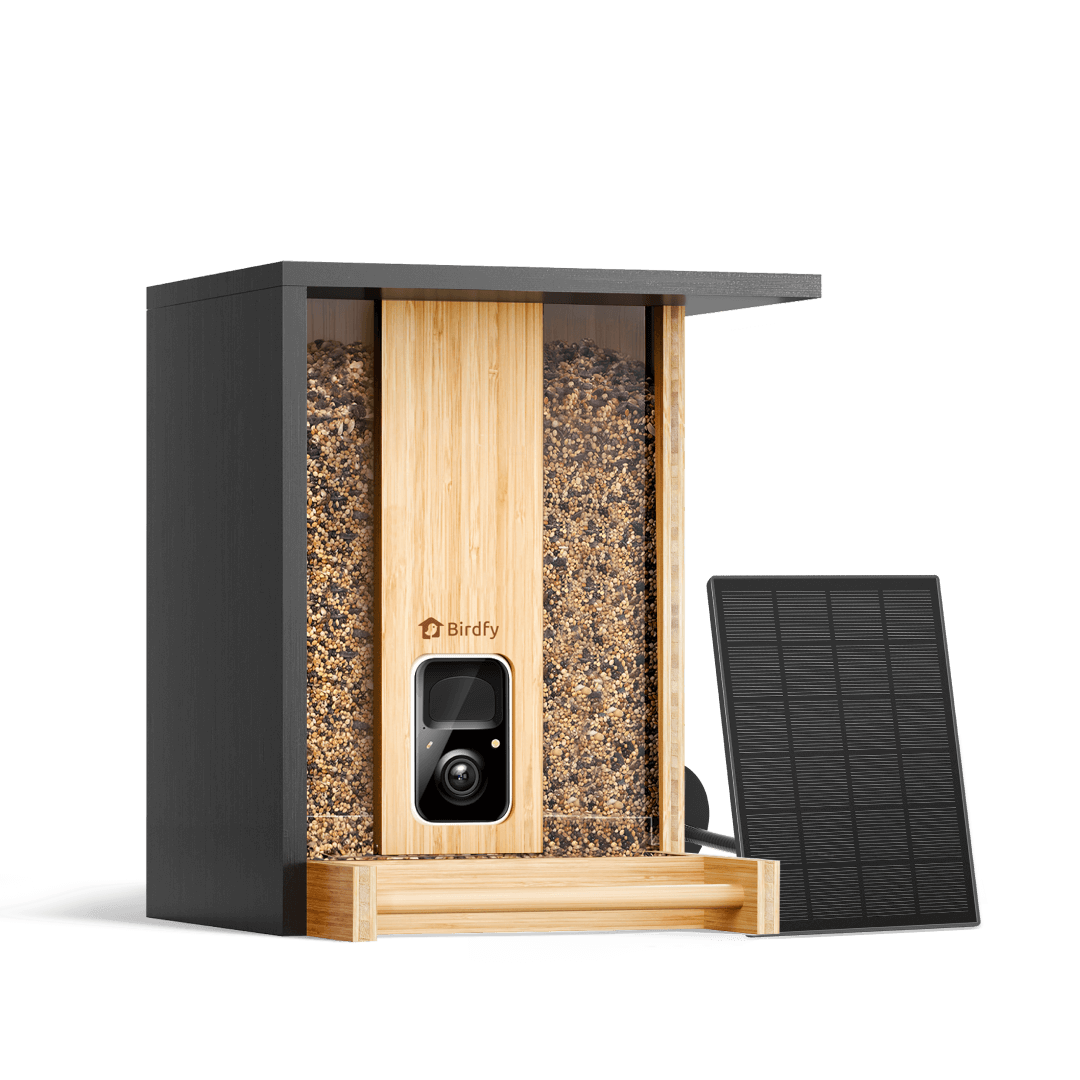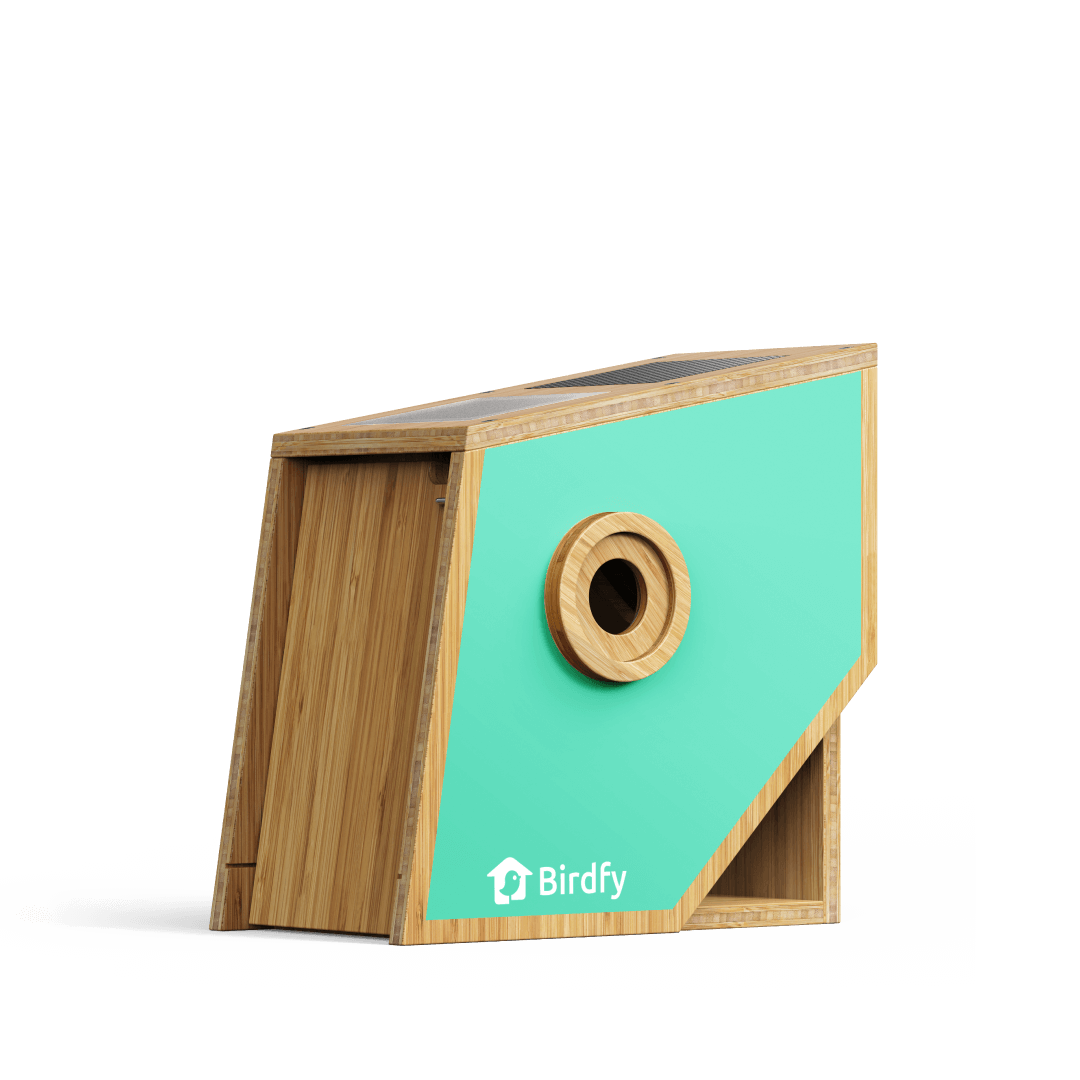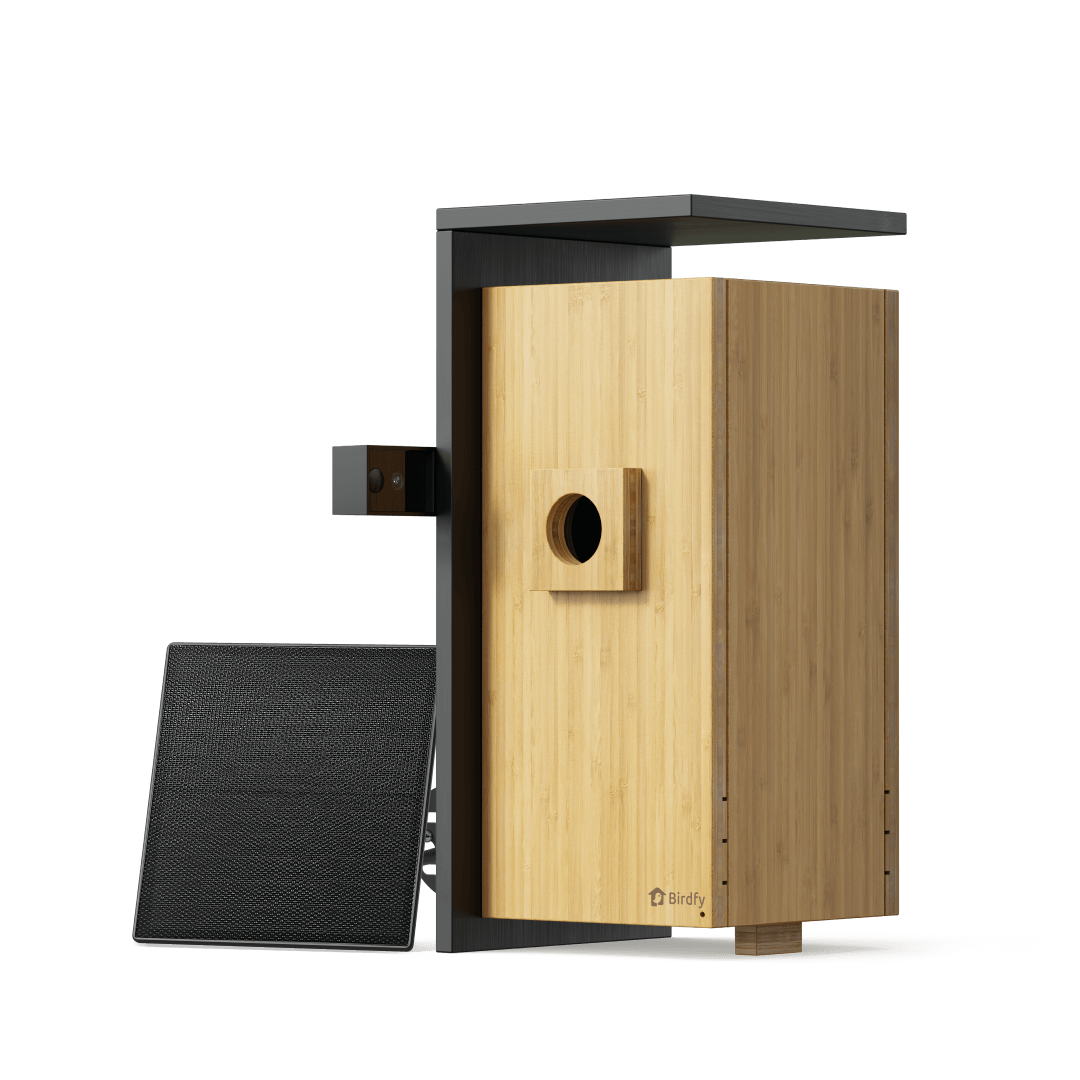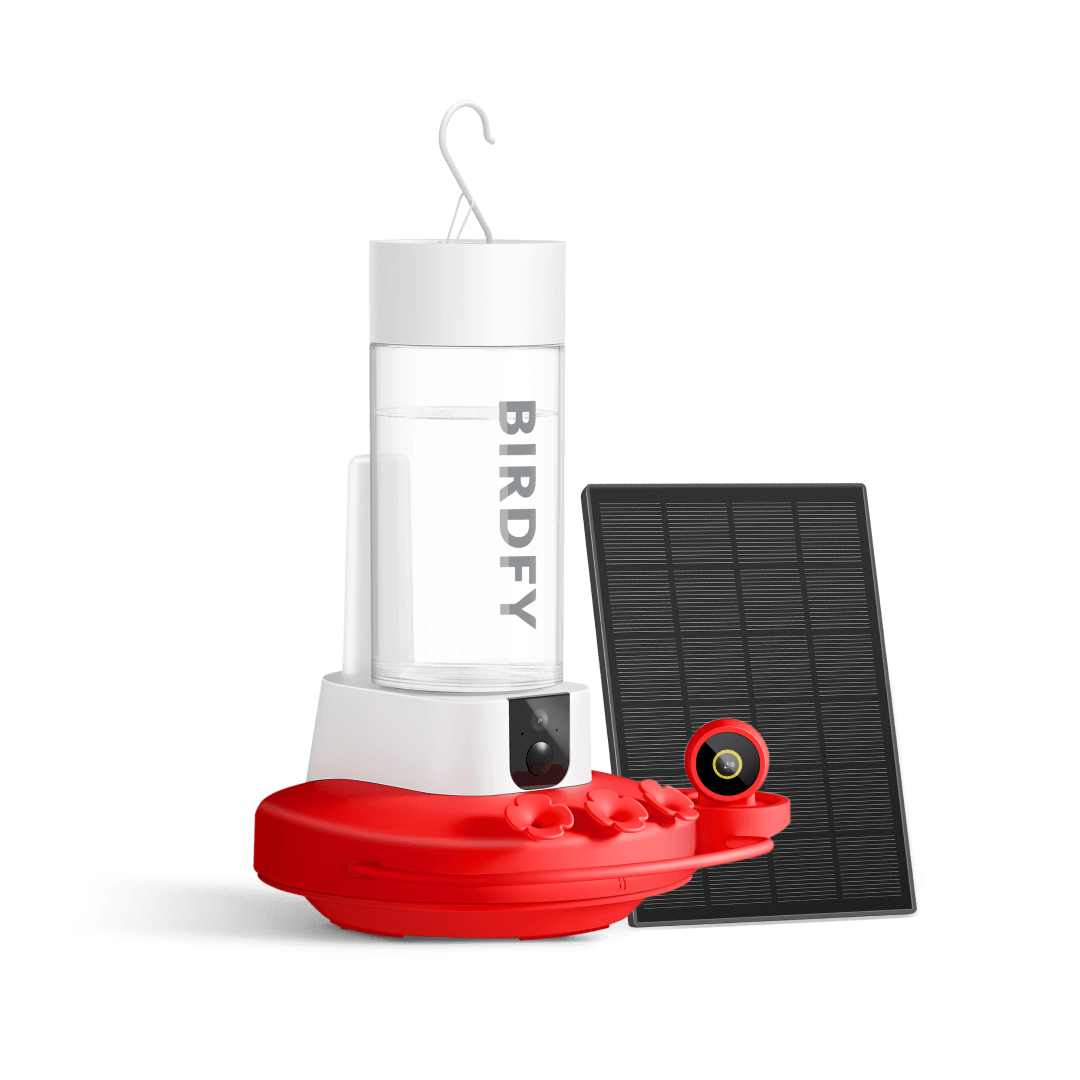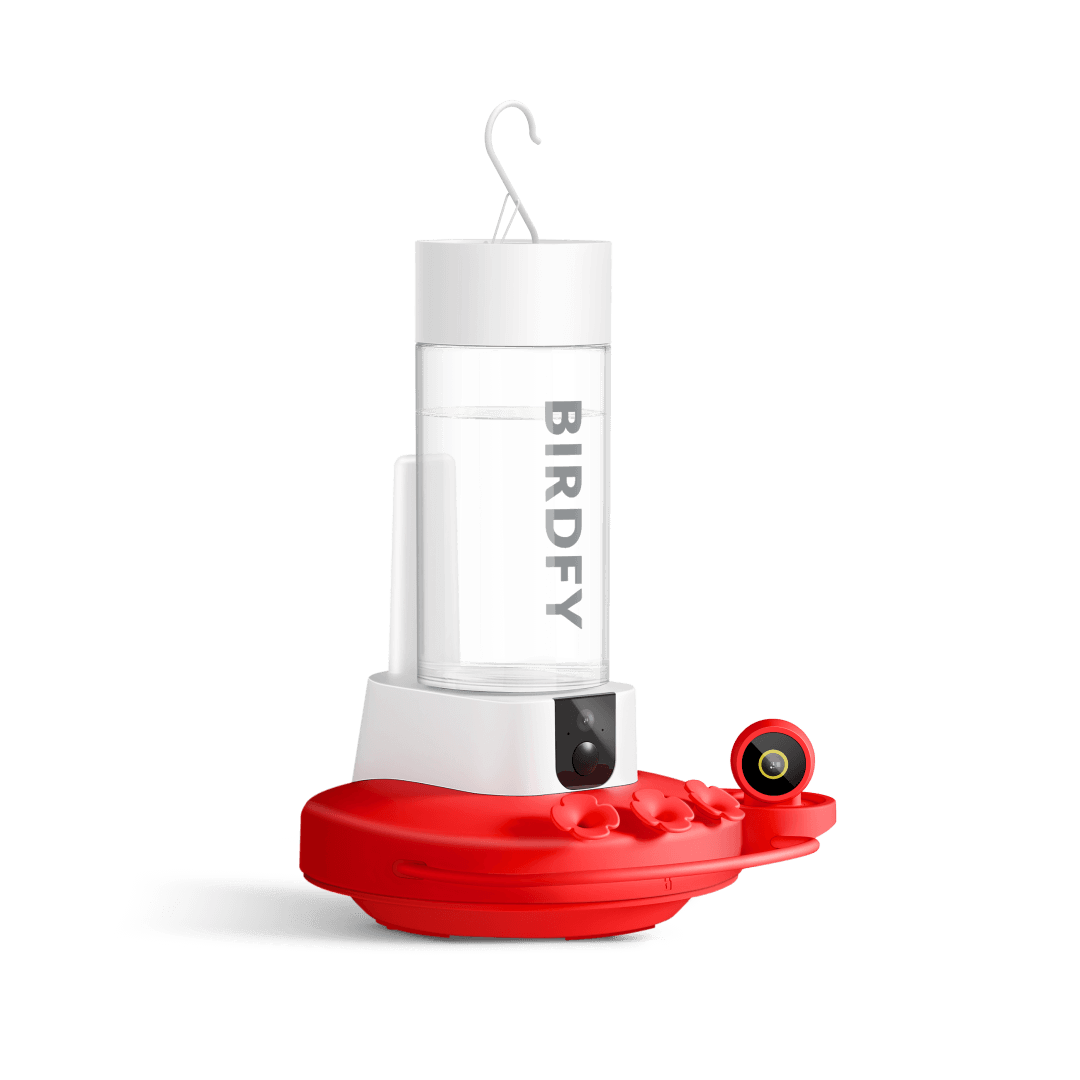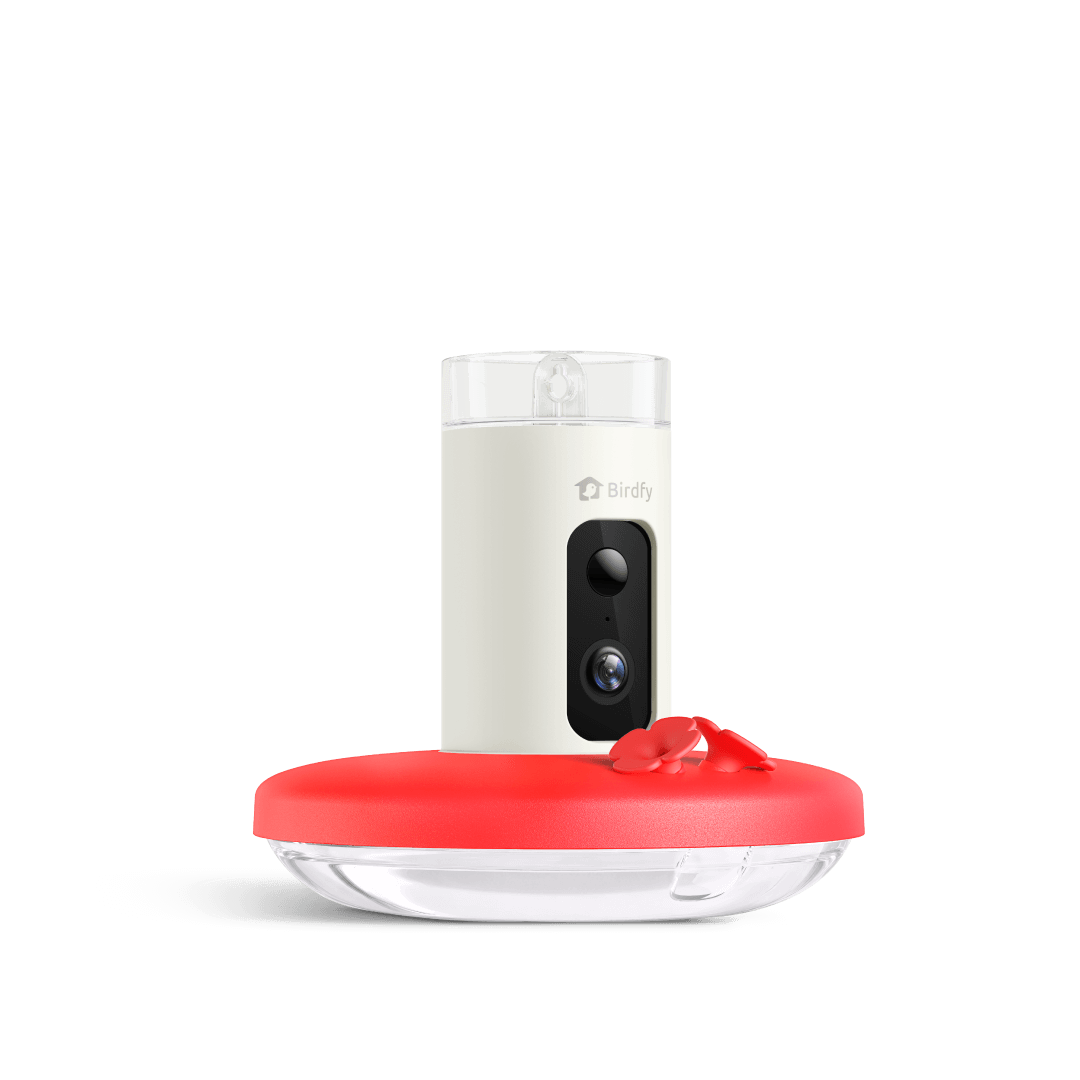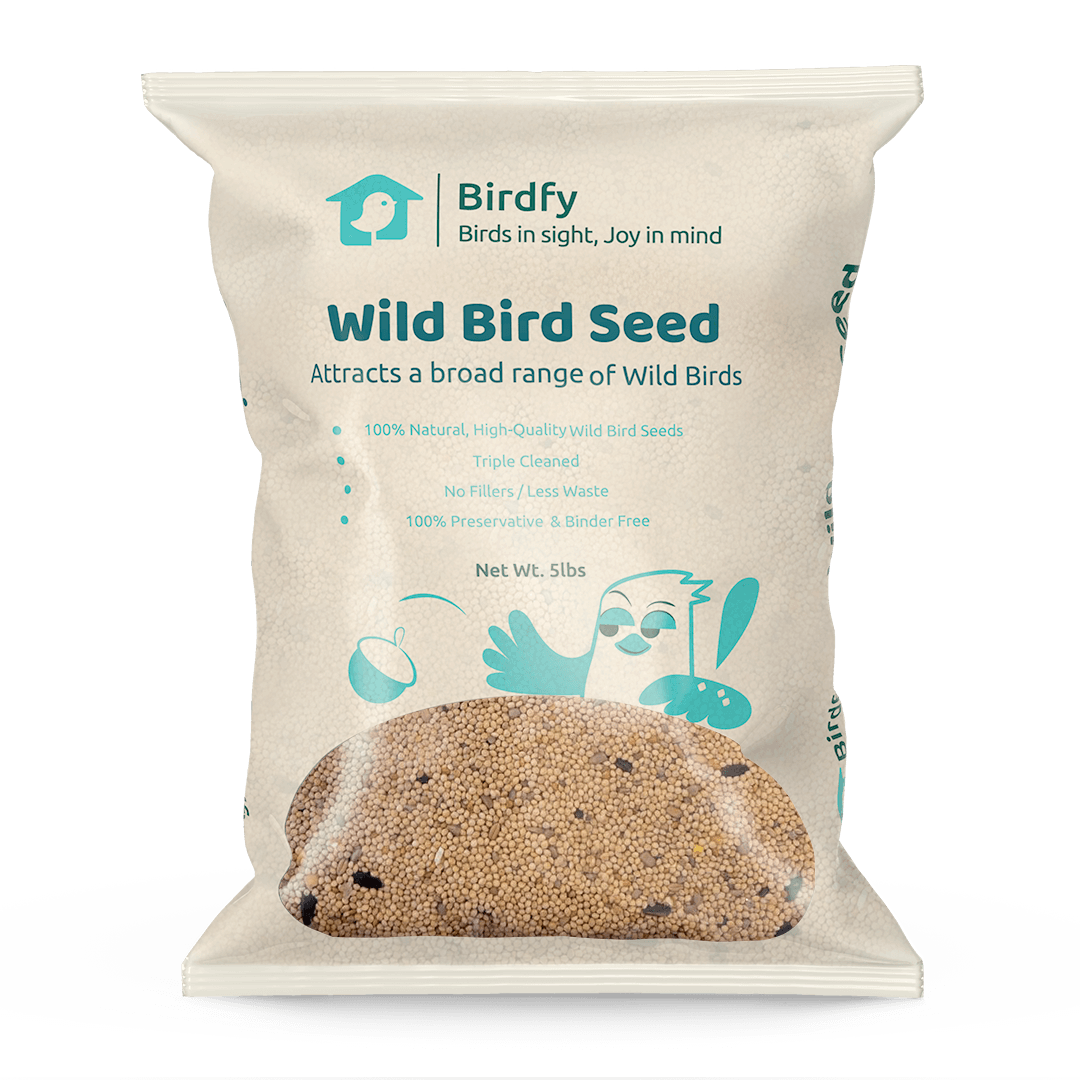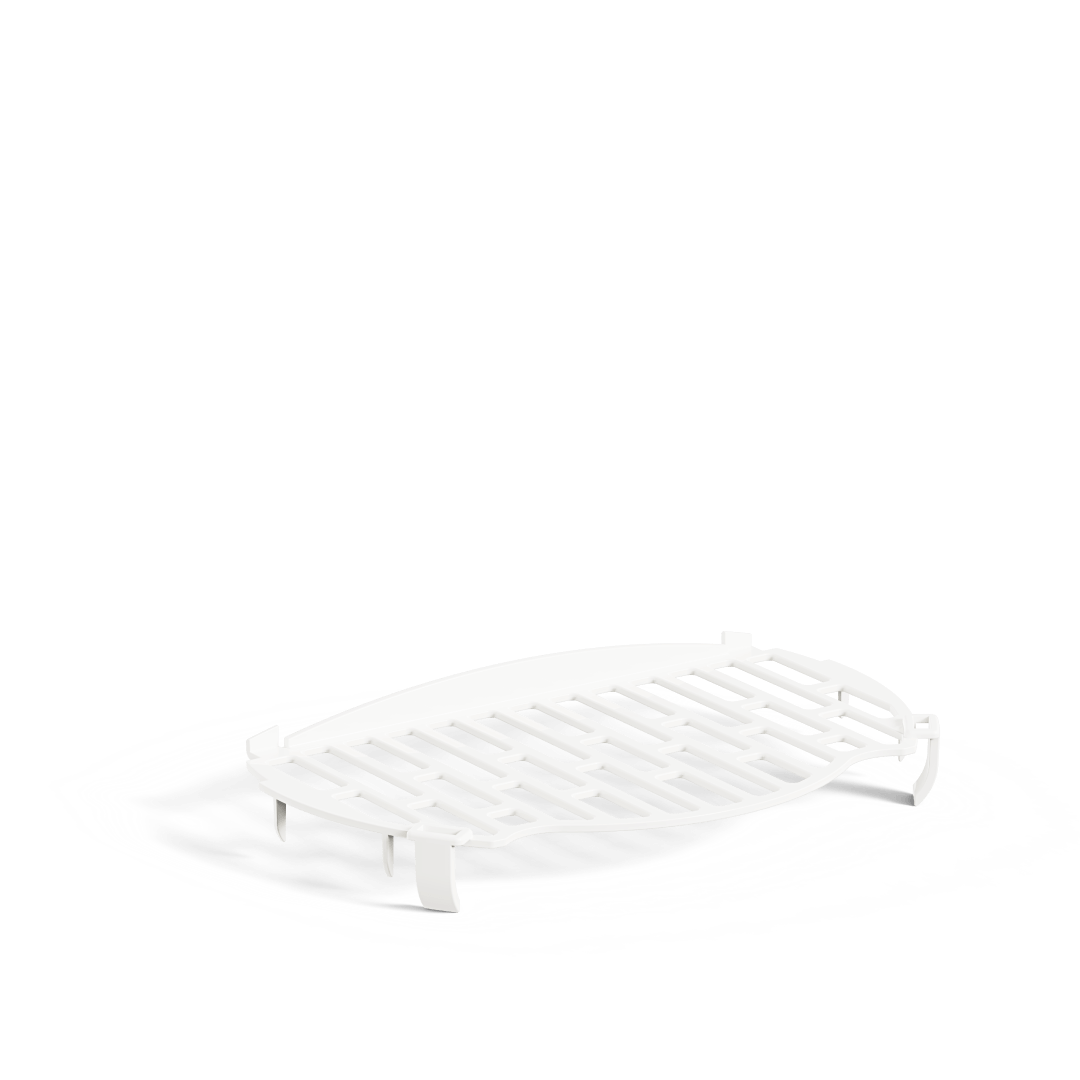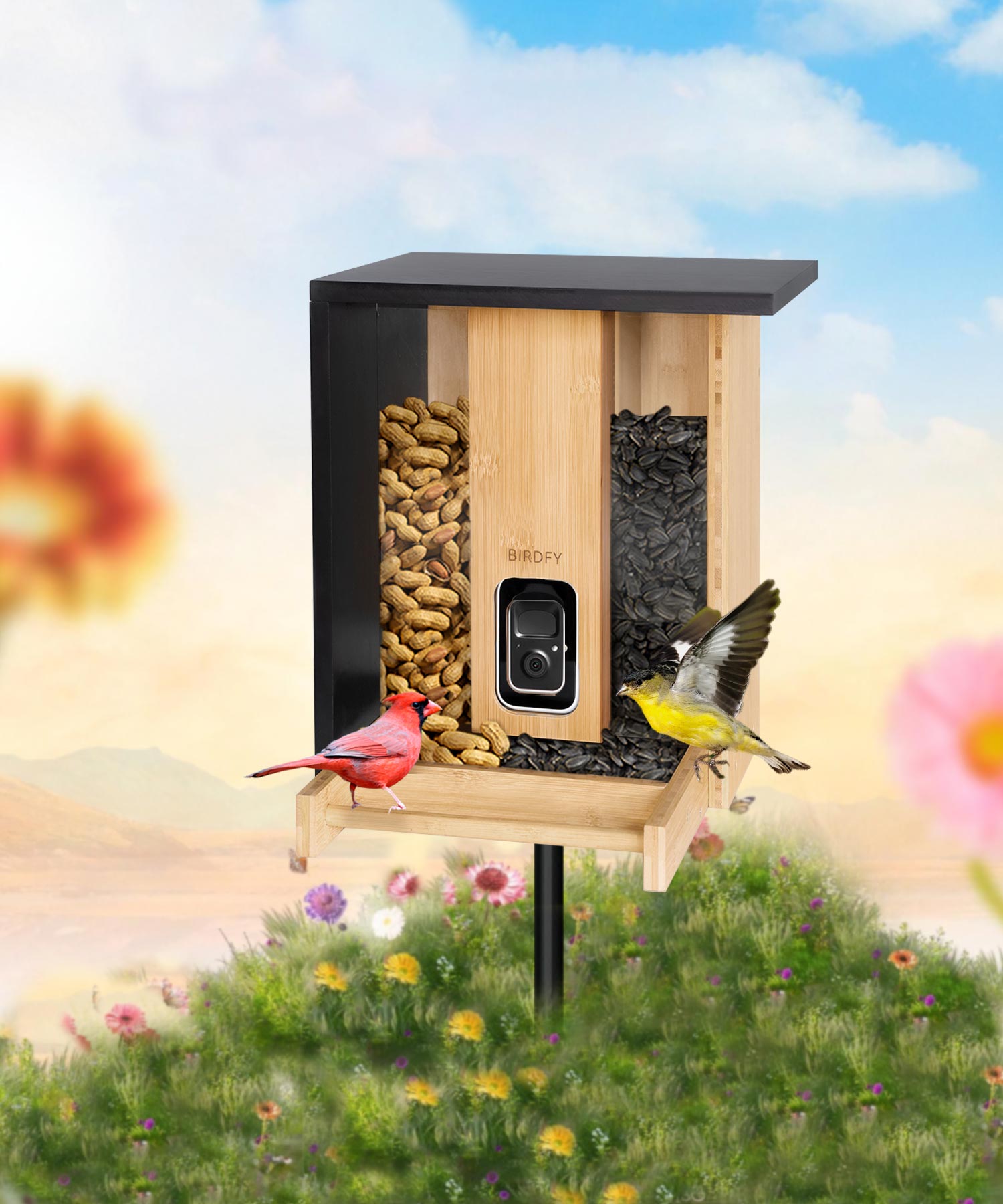How to Help an Injured Bird: From Broken Wings to Emergency Care at Home
Birds, with their beautiful songs and vibrant plumage, play a crucial role in our ecosystems. However, they can often find themselves in distressing situations due to accidents, diseases, or environmental hazards. If you encounter an injured bird, it's important to respond appropriately to ensure its best chance of recovery. This guide provides detailed steps on how to help injured birds, including what to do in specific scenarios such as broken wings or legs, as well as general care tips.
Assess the Situation
When you find an injured bird, the first step is to assess the situation. Look for signs of injury or distress. Common indicators include:
- Visible Injuries: Wings or legs that appear broken, bleeding, or swollen.
- Behavioral Signs: The bird is unable to fly, is disoriented, or is hiding.
- Location Risks: The bird is in a dangerous spot, such as near a busy road.
Who to Call for an Injured Bird
If you determine that the bird needs professional help, the best course of action is to contact a wildlife rehabilitator or a local animal control agency. Here are some options to consider:
- Wildlife Rehabilitation Centers: These organizations specialize in caring for injured wildlife. You can find a list of nearby centers through the National Wildlife Rehabilitators Association (NWRA) or your local wildlife agency.
- Veterinarians: Some veterinarians specialize in avian care or have experience with birds. Contact them for advice or assistance.
- Local Animal Control: In some regions, animal control can provide help or advice on how to handle injured wildlife.
What to Feed an Injured Bird
Unless advised by a professional, avoid offering food or water, as this can lead to choking or aspiration.
How to Help a Bird with a Broken Wing
A broken wing is one of the most common injuries in birds, often resulting from collisions with windows, predators, or other hazards. Here’s how to help:
- Approach Carefully: Use gloves to protect yourself and the bird. Birds can be frightened and may bite.
- Gently Capture the Bird: If safe to do so, gently wrap the bird in a towel to restrain it without causing further injury. Always support the injured wing.
- Place in a Secure Container: Use a ventilated box or pet carrier to transport the bird. Make sure it’s dark and quiet, as this can help reduce stress.
- Contact a Wildlife Rehabilitator: Get the bird to a professional as soon as possible. They will have the resources to treat the injury appropriately.

How to Help a Bird with a Broken Leg
A broken leg can also be a serious condition for birds. Here’s what to do:
- Assess the Injury: If the bird is unable to stand or has a visibly broken leg, it needs help.
- Contain the Bird: As with a broken wing, gently wrap the bird in a towel to keep it calm and place it in a box.
- Limit Movement: Minimize the bird’s movement while you transport it to a rehabilitator. Avoid giving food or water until a professional can assess its condition.
- Seek Professional Help: A rehabilitator can provide the necessary care, which may include splinting the leg or providing pain relief.

How to Care for an Injured Bird at Home
If you need to care for an injured bird overnight before you can get it to a professional, follow these steps:
- Create a Safe Environment: Keep the bird in a quiet, dark place away from pets and children. A cardboard box lined with a soft cloth can work well.
- Monitor Temperature: Birds can get cold quickly. If necessary, you can provide gentle warmth with a heating pad set on low or a warm water bottle wrapped in a towel. Ensure that the bird can move away from the heat if it gets too warm.
- Avoid Stress: Limit handling and keep the area quiet. Stress can worsen the bird’s condition.
- Do Not Feed or Water: Unless advised by a professional, avoid offering food or water, as this can lead to choking or aspiration.
How to Help a Bird That Hit a Window
Birds often fly into windows, which can lead to serious injuries. Here’s how to assist them:
- Check for Injuries: Look for signs of head trauma, broken wings, or legs. If the bird is conscious and alert, it may just need time to recover.
- Provide a Safe Space: If the bird is stunned but not severely injured, place it in a safe, quiet area away from predators and people. Monitor it for a few hours.
- Release When Ready: If the bird appears to recover and is able to fly, open the container and allow it to leave.
- Monitor the Bird: Keep an eye on the bird for a few hours. If it starts to move around, preen, or show signs of normal behavior, it may be ready to fly away.
- Wait for Signs of Recovery: If the bird is still disoriented after a couple of hours, it may need professional assistance. In that case, follow the steps for capturing and transporting the bird as discussed earlier.
- Prevent Future Collisions: After helping the bird, consider ways to prevent future incidents. You can use window decals, screens, or other deterrents to make windows more visible to birds.

What to Do with an Injured Bird Overnight
If you find yourself caring for an injured bird overnight, here are some important steps to ensure its well-being until you can get it to a rehabilitator:
- Keep the Area Calm and Quiet: Place the bird in a quiet part of your home, away from loud noises, pets, and bright lights. This will help reduce stress.
- Provide a Soft Lining: Line the bottom of the box or container with soft paper towels or cloth to provide comfort and absorb any droppings.
- Check for Breathing and Alertness: Observe the bird’s breathing and overall alertness. If it seems lethargic or is having difficulty breathing, it may require immediate professional attention.
- Avoid Feeding or Watering: As previously mentioned, do not attempt to feed or water the bird unless a wildlife rehabilitator instructs you to do so. This can be risky and could lead to choking.
- Prepare for Transport: In the morning, make plans to transport the bird to a wildlife rehabilitator. Make sure you have a secure container ready for its journey.
What to Do with an Injured Bird in Your Yard
If an injured bird is in your yard, it’s important to address the situation thoughtfully:
- Observe First: Take a moment to observe the bird from a distance. It may be able to recover on its own. If it appears to be seriously injured or unable to move, take action.
- Ensure Your Safety: Wear gloves when handling the bird to protect yourself from potential bites and to avoid transferring human scent, which can stress the bird.
- Capture Safely: Gently use a towel or cloth to wrap the bird, making sure to support its body and wings. Avoid squeezing too tightly to prevent further injury.
- Transport to a Safe Location: Place the bird in a box or carrier with ventilation holes. If possible, keep it dark and quiet during transport to minimize stress.
- Call for Help: Once you have the bird secure, contact a wildlife rehabilitator or veterinarian for further instructions.
- Create a Bird-Safe Yard: Beyond emergency care, consider how your backyard setup can reduce future risks. Using a bird-friendly feeder like the Birdfy Smart Bird Feeder helps you monitor visiting birds through a built-in camera, letting you observe their health and behavior without disturbing them. This also enables early detection of injuries or signs of illness in your backyard birds.

Signs of Serious Injury to Look For
When assessing an injured bird, be aware of the following serious signs that indicate immediate veterinary care is required:
- Inability to Stand or Walk: If the bird cannot get up or stand on its legs, it may have a significant injury.
- Severe Bleeding: If the bird is bleeding profusely, it is crucial to get help quickly.
- Seizures or Unconsciousness: If the bird is having seizures or is unconscious, seek immediate help.
- Difficulty Breathing: If the bird is having labored breathing or gasping, it may have internal injuries or trauma.
Final Thoughts on Helping Injured Birds
Helping an injured bird can be a rewarding experience, but it also comes with responsibilities. Always remember:
- Act Quickly: The sooner you can get the bird to a professional, the better its chances of recovery.
- Handle with Care: Birds are delicate creatures, and rough handling can exacerbate their injuries.
- Educate Yourself: Understanding common avian injuries and their symptoms can prepare you for future encounters.
- Preventative Measures: Take steps to reduce risks to birds in your environment, such as installing bird-safe glass or creating habitats that minimize hazards.
- By following these guidelines, you can play a crucial role in the recovery of injured birds and contribute positively to wildlife conservation. Your compassion and action can make a significant difference in their lives.
Sometimes, the impact of helping an injured bird goes far beyond a single act of rescue.
Share



